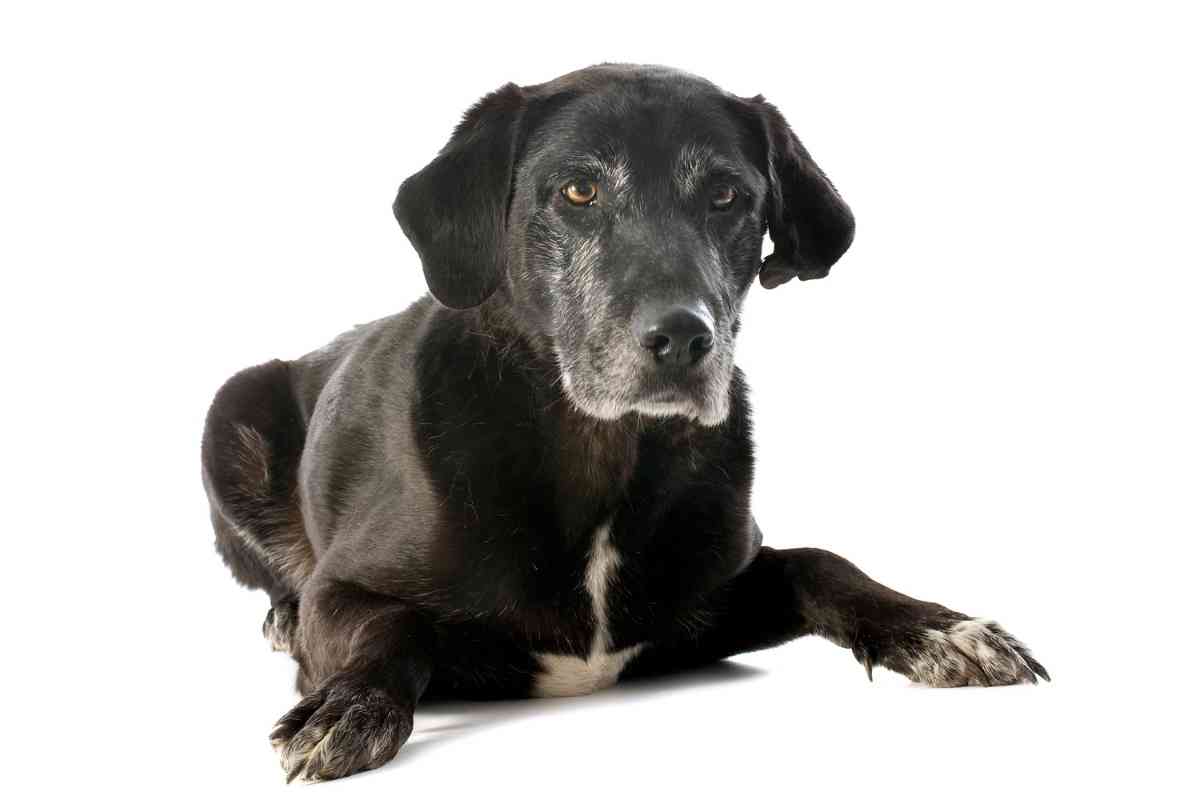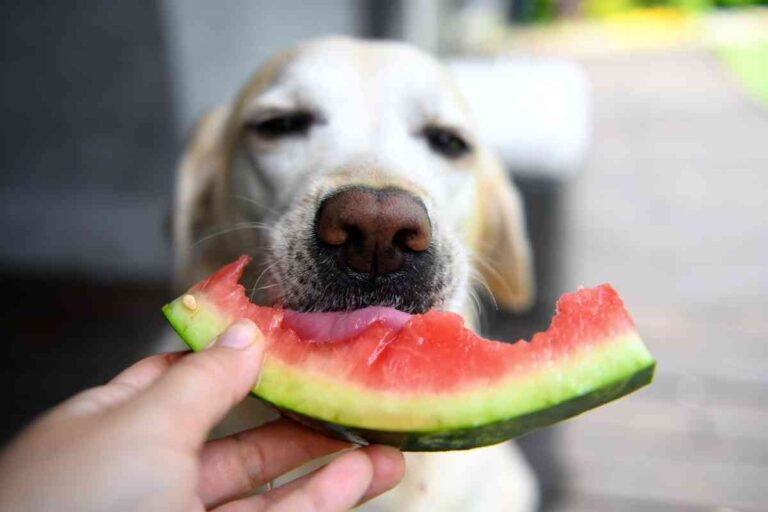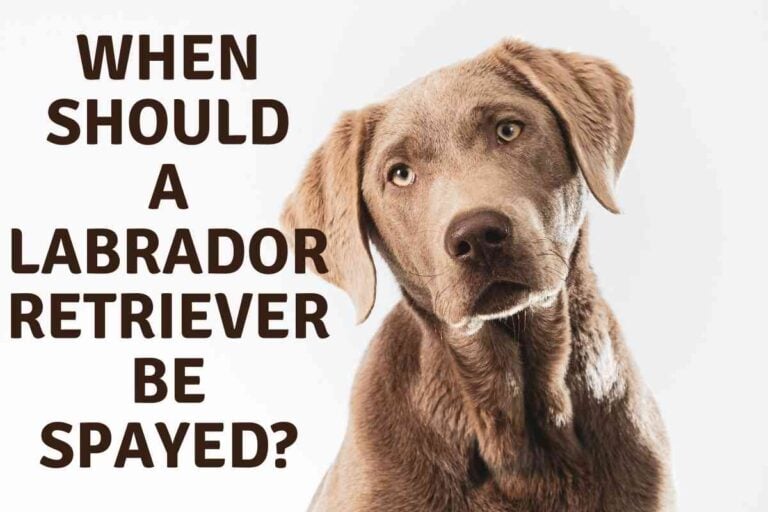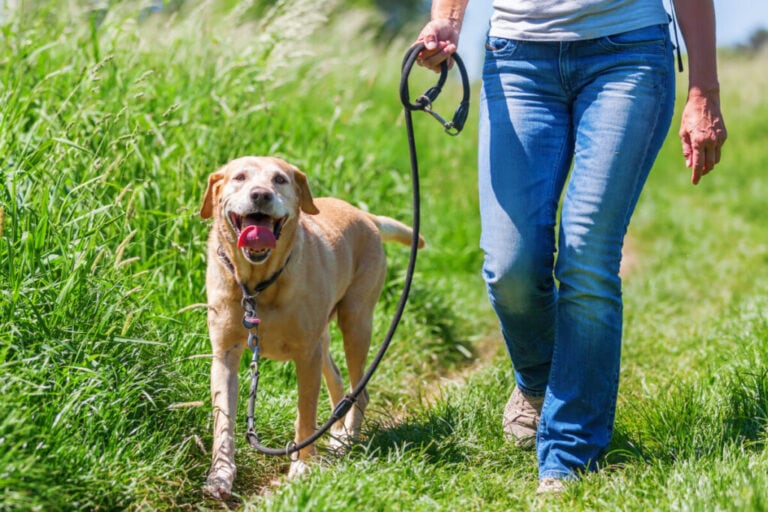Do Labrador Retrievers Change Color?
A Labrador Retriever is a great pet to bring into your home. They will take a lot of love and attention but will be a great favorite for everyone in the family.
As you are choosing a Lab to bring home, you may pick them based on the color of their coat.
But can the Lab have their coat change colors as they get older?
Do Labrador Retrievers Change Color?
The Labrador Retriever can change shades when they get older. This is because the guard hairs are going to start growing in. It is not uncommon for their hair to lighten with age as the color starts to fade and there are a few white whiskers that will show up.
There are only a few instances where a Lab will turn a different color, but this is not that common and usually, they will just lighten up a little.
When it comes to the color of your Lab, they will often stay the same color, or very close to the original, that you see when you choose them to bring home.
Let’s take a closer look at some of the color changes that occur with a Lab and what you can expect when you have one of these dogs in your home.
Most Labrador Retrievers are going to stay the same color for the duration of their lives.
If you bring home a black lab, they are going to stay black.
If you bring home a golden Lab, then they will stay that color as well.
This will help you know what type of dog that you have and you should not see a lot of the changes with the coat color.
If you compare pictures of the dog when they are a puppy compared to how they look at the end of their lives, you may notice that the fur is getting a little bit lighter.
This is because of a few factors that are going to work against the dog, but the whole coat is not going to change colors along the way.
To start, the guard hairs are going to start growing in as the dog gets older.
This allows the hair to change a little bit, but not completely. The guard hairs are going to be a little lighter.
Most dogs, though a few dogs may find that they are a little bit darker as well.
When that hair is going to show up, you will start to notice that the color will change a little bit.
Another thing to consider is that the fur of a Lab is lightly to lighten with age.
This is usually because some white hair is going to start showing up.
This can include a faded nose and some white whiskers that show around the muzzle of the dog.
This is pretty common in most Labs, but it is going to show up the most in the darker colored dogs.

Can a Labrador Retriever Completely Change Color?
There are a few instances where the lab would turn a completely different color, but this is not that common.
For example, Blaze the Black Lab is going to be an example of this. This dog started with just a few white strands on his face.
Their owner assumed that the white was just due to age.
After a few months, the entire face was dotted in white and the body soon followed.
This change of color is going to be caused due to a special skin condition called vitiligo, which is going to make it so that the skin will lose pigment.
There are several dogs that have this skin condition, but it is not that common and most Labs are not going to end up with this issue at all.
Does the Color of the Lab Affect Their Health?
As a Lab owner, you will need to look out for a few key health issues based on the color of Lab that you have.
The dogs that carry a recessive dilute gene are going to carry a higher risk for the color dilution alopecia which will cause dry skin and hair to fall out.
To start, a chocolate Lab is going to have one of the shortest lifespans.
Doctors are going to theorize that because they are more prone to skin infections and issues with the ears, this is going to take a big toll on their bodies.
This type of Lab is most likely to live less than 2 years than the average Lab.
The biggest issue here is that you need to get two parents that have a recessive gene, which can cause problems with the health of the dog.
The black and yellow Labs are going to have a median age that falls just over 12 years.
They will have some of the same health dispositions as some of the other colors, with the most common being issues with dystrophy, myopathy, and hip dysplasia.
Other health conditions that tend to factor in with any color of Lab are going to include epilepsy, patella luxation, eye problems, and cancer.
The good news is that you are able to prevent a lot of health issues.
The best way to do this is through the proper breeding practices.
Pick the right parents, go with a reputable breeder, and do some good health screenings will help the owner figure out when there are potential health problems to deal with.
Does the Color of the Labrador Retrievers Coat Affect Behavior?
Another question that many owners of this dog breed will ask is whether the color is going to affect their behavior.
There has been no evidence out there that suggests that the color of the coat has a correlation to the temperament of the dog.
All Labs are similar in their personalities and any of the differences that come up are not related to the coat color, but to the individual dog themselves.
However, the dog owner needs to be aware that there are times when an individual Lab is going to be more high-strung, others are going to be calmer and easier to spend time with.
This has more to do with the temperament of the dog than anything else.
There are also some differences between the English Lab and the American Lab, so keep that in mind too.
But this does not have much to do with the coat color of the dog.
What Color Coats Will My Lab Have?
There are a lot of different colors that you will find when it comes to the Labrador Retriever. Knowing the right colors and what is normal for this kind of dog can be an important way to pick the right one for your home. Some of the most common colors of the Labrador retriever includes:
- Black: This is the most popular color for hunting companies or gun dogs. This provides them with more coverage and makes it harder to see them when you are out hunting together. Plus, the black coat is really pretty to look at and enjoy.
- Yellow: The yellow Lab is going to look very similar to the Golden Retriever. But they will be a little bit different. The golden color of the coat is really pretty and can be a popular option, but not the best if you plan to take them out hunting. Take care to clean and care for the coat to ensure that it is not going to get dirty and look bad.
- Chocolate: Another color to choose from when getting a Lab is the chocolate hair color. This is going to include all shades of brown from the light to the dark mahogany and they can all look really great when it comes to the dog. The darker colors are often better when it is time to go hunting through.
- Fox red: This one is gaining popularity with the sporting community, but it is not as common as some of the other choices. These will also get easily mistaken for some of the other types of dogs that you may have.
- White: It is also possible to find Labs that have white fur as well. This can be a pretty color. This is basically a lighter color of the gold, but will match nicely with the snow and more if you take the dog out to enjoy hunting and being outside. This one is not as common as the others.
Taking Care of Your Lab
No matter the color of the dog, they are still going to be a lovable companion to have in your home. They have a lot of energy and they can be one of the loyal pals that you need. Regardless of the color of their fur, they are going to be a great companion to keep around and love on for a long time to come. Take good care of this dog and they will be there to love on you for a long time.





![What is the #1 Family Dog? [Revealed!] 6 What is the #1 Family Dog? [Revealed!]](https://retrieveradvice.com/wp-content/uploads/2022/02/What-is-the-1-Family-Dog-768x512.jpg)
